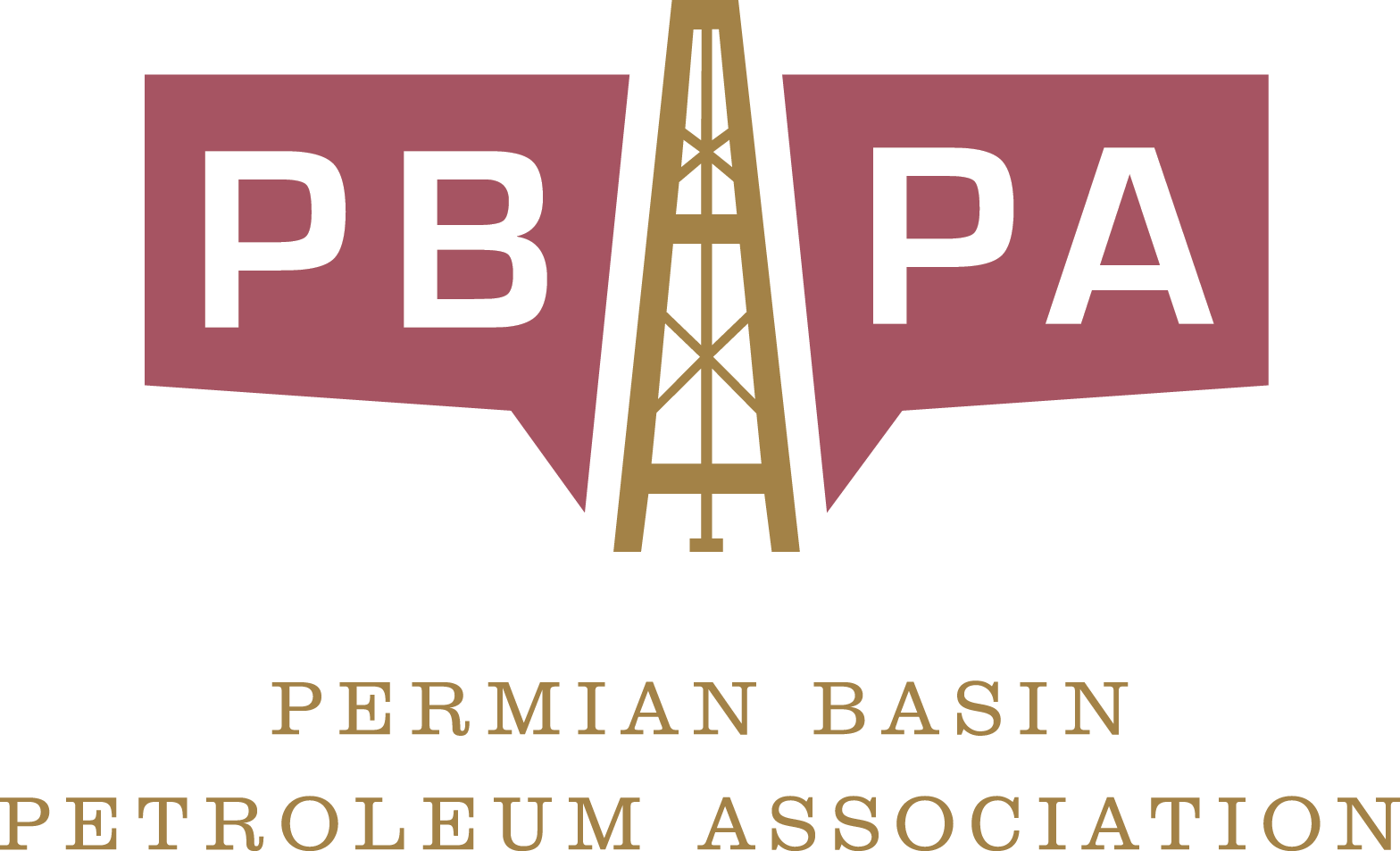Hydraulic Fracturing
What is Hydraulic Fracturing?
Also known as “fracking,” hydraulic fracturing is a proven technology that has been used for more than 60 years to safely enhance the production potential of natural gas and oil from more than one million wells in the United States.
For years, oil and gas deposits in certain rock formations were thought to be uneconomic. Advances in drilling and completion technology, like fracking, changed that perception and allowed operators to develop these natural resources. Advances in technology allow operators to drill thousands of feet below freshwater supplies and then turn horizontally into rock formations where hydraulic fracturing releases vast oil and gas deposits that were once considered unreachable. While the fracking technique has been used for decades, the process has been continuously refined to be even more effective. Click here to watch a video on hydraulic fracturing.
How does hydraulic fracturing work?
Hydraulic fracturing occurs at great depths – generally a mile or more underground, thousands of feet below freshwater supplies. With the safety system of steel casing and cement in place, operators drill vertically thousands of feet down then drill horizontally into the targeted rock formation. Then a mixture of pressurized water, sand and a specifically formulated fracturing compound is pumped thousands of feet down into the formation to create tiny, millimeter-thick, fissures in carefully targeted sections of the host rock. The tiny fractures free the trapped oil or natural gas. Natural gas operators int he Barnett Shale area typically use a fracturing compound (or fracking fluid) that is 99.5% water and and and 0.5% chemically-based additives. The sand helps prop open the fractures to facilitate the flow of oil or gas.
Is hydraulic fracturing safe?
Yes. Hydraulic fracturing has a 60-year track record of safe operations. The U.S. Environmental Protection Agency, the Groundwater Protection Council (composed of state water pollution control officials), and the Interstate Oil and Gas Commission have all studied hydraulic fracturing and found that existing regulations addressed and mitigated potential risks.
What are the benefits of hydraulic fracturing?
Less Surface Area – The average well site today is 30 percent of the size it was in 1970 and an average well can now access up to 60times more below-ground area than previously possible.
Fewer wells – Today, operators can drill as few as six to eight wells on a single site to access the same amount of natural gas that once required 16 or more wells drilled from separate locations. Some modern rigs have the capability to drill more than 20 wells from a single drilling site.
Increased water efficiency – Some companies have instituted water recycling programs that capture a significant volume of water required for the hydraulic fracturing process for reuse in future operations.
Reduced air emissions – Greater equipment and engine efficiency and improved technologies mean less energy consumption per unit of natural gas produced, and thus lower air emissions per unit produced.
What happens to water after it’s used for hydraulic fracturing?
An increasing amount of fracking fluid is being recycled and reused for future operations. Other “produced” water from the fracking process is collected and disposed of according to stringent state regulations via approved underground injection wells deep beneath the surface, far below freshwater sources. These disposal wells must comply with programs delegated to the Texas Railroad Commission and used steel and cement casing during drilling and completion to protect freshwater supplies.
How much water are oil and gas operators using?
According to a 2007 study be the Texas Water Development Board, groundwater use associated with gas well development in the Barnett Shale area accounts for only about three percent of the total groundwater use in the study area. Oil and gas operators continue to work closely with state regulators and water management experts to develop innovative ways to reduce the amount of water used in oil and gas operations.
What happens if there’s an incident like water spilled on the drill pad?
Accidents are rare. Oil and gas companies place a high priority on safety and constantly monitor operations. In the event of an incident, each site is required by the Railroad Commission to have an emergency response plan in place. This plan details the proper steps needed to immediately “contain and clean” the area, minimize any impact on the environment, and notify the proper authorities.
Is Texas and New Mexico doing a good job regulating hydraulic fracturing?
Yes. Steve Heare, former director of the EPA’s Drinking Water Protection Division, has said publicly that state regulators are doing a good job of overseeing hydraulic fracturing.
